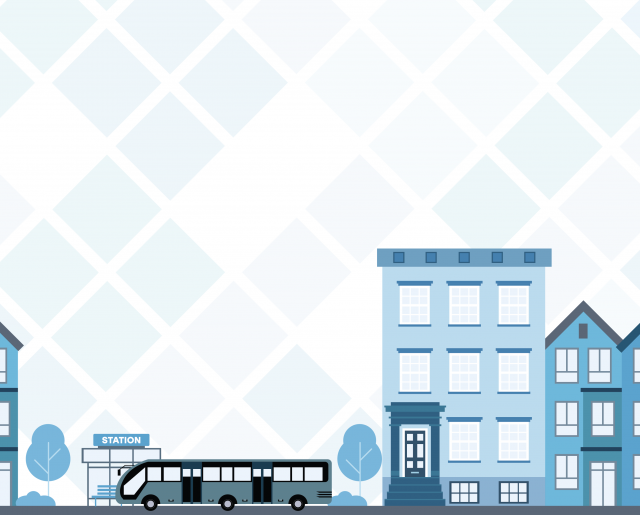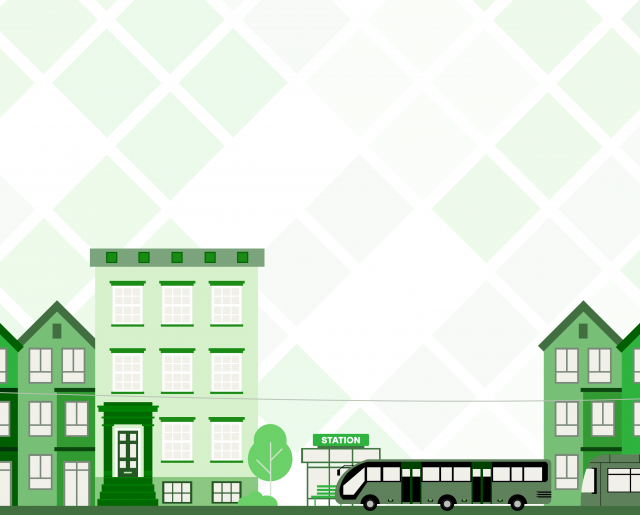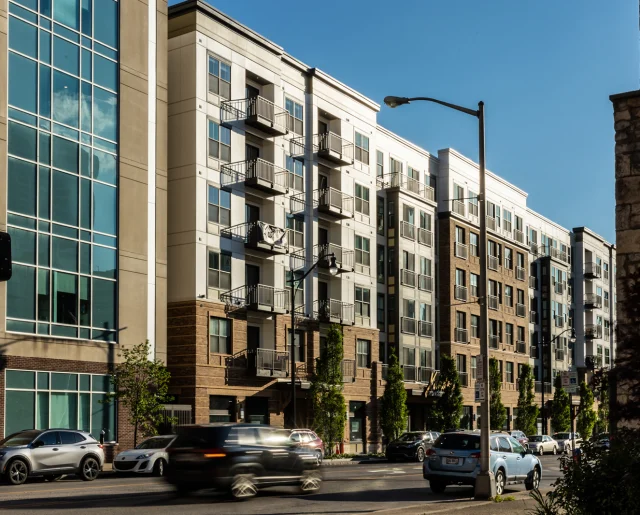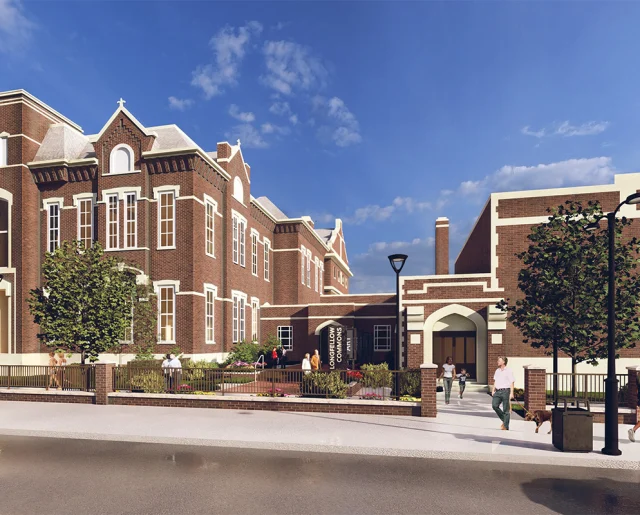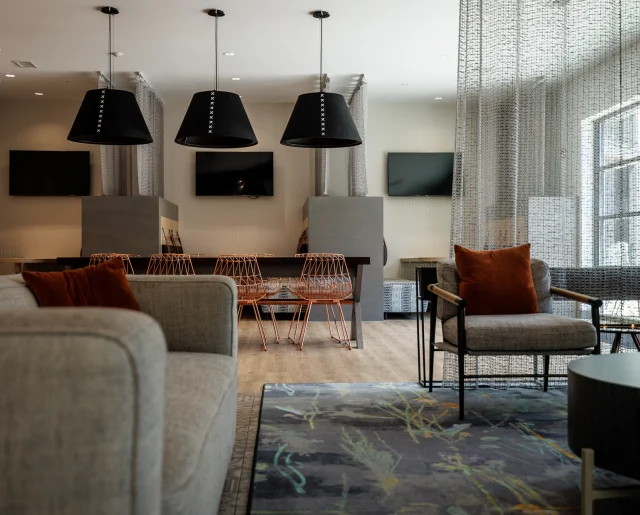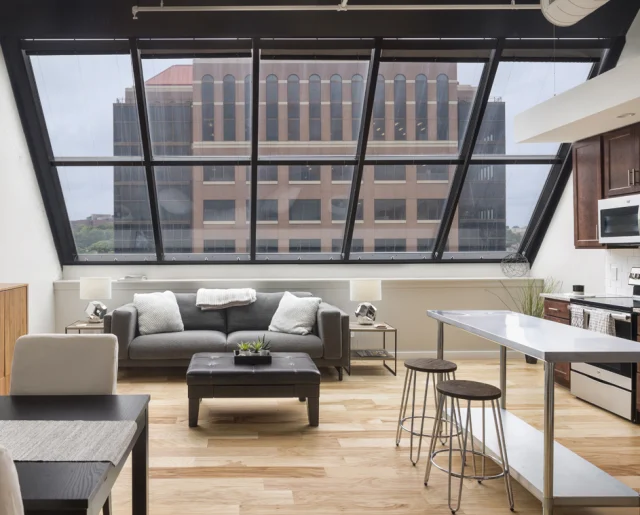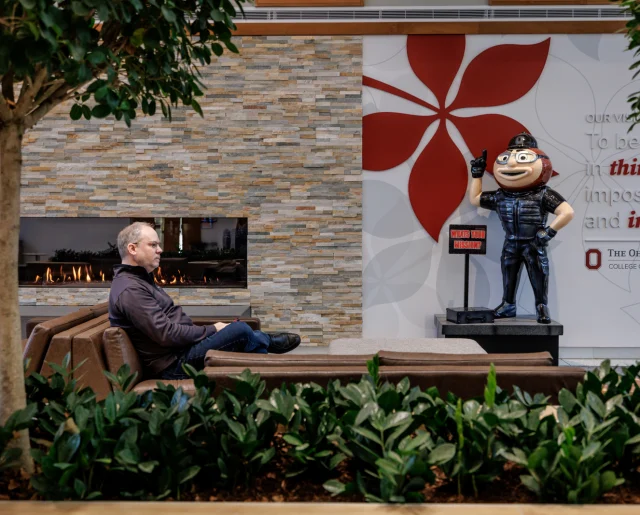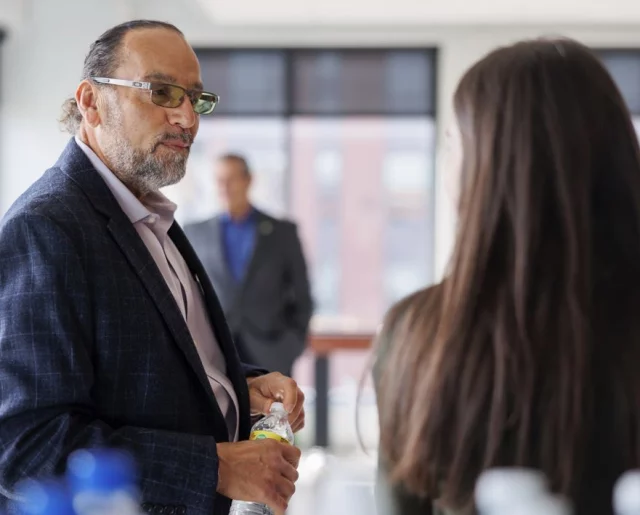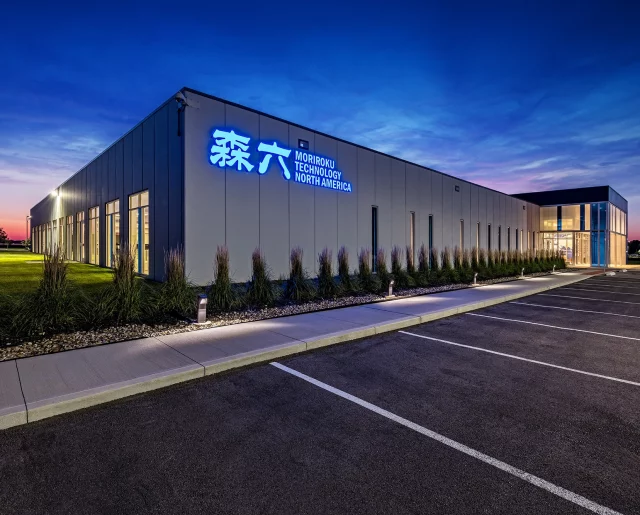How our Futurist Uses Foresight to Better Forecast Family and Community Needs
Recently Habitat for Humanity-MidOhio engaged in a foresight visioning session led by MA Design’s futurism team.
Habitat for Humanity is a global nonprofit that serves communities with a vision and drive to give every person a decent place to live. Moreover, these Habitat for Humanity homeowners aid in building their own homes with help of volunteers.
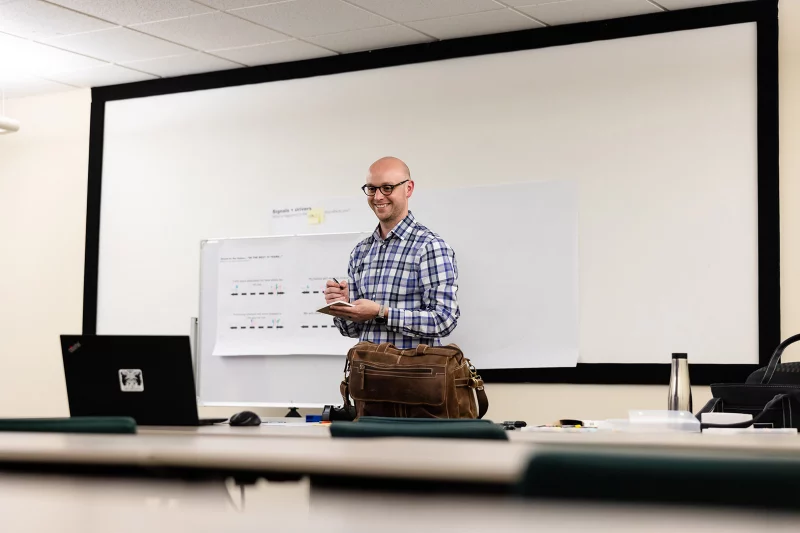
Habitat for Humanity-MidOhio presented two concepts that guided the direction for the foresight process: a need for financial sustainability and a desire to serve their community in the future.
With that direction, we started with the first part of our foresight process by engaging with the Habitat for Humanity-MidOhio families. Included in this session were ten Habitat for Humanity-MidOhio families – spanning recent to senior Habitat homeowners. We invited them to provide us their insights through a co-creation workshop where they were able to share their needs today. We then used some of our foresight tools to allow them to create a narrative to see what those future needs would mean to them ten years from now. This is truly a powerful tool because it takes our preconceived ideas off the table, and allows us to see through the lens of the community.
Derived from the workshop, three main needs for these families in the future began to become clearer.
1. A Need for Better Health & Care Equity
In the midst of the pandemic, many families experienced unforeseen or elevated health complications and concerns. Specifically, many Habitat for Humanity-MidOhio families reported their struggle not only to keep their family in good health, but they also expressed concern about accessibility issues. Moreover, this concern dealt with families who felt discriminated against by the healthcare system. In fact, according to Michigan’s Health Lab one in five people have been discriminated against in the healthcare system.
This said, there was a strong emphasis on creating a better future so that families, of all types, can receive better health and care equity.
2. Improved Workplace Education
In the co-creation conversation, one repeated topic was the issue surrounding a need for education leading up to entering the workforce as well as new skills training to be more attractive to employers.
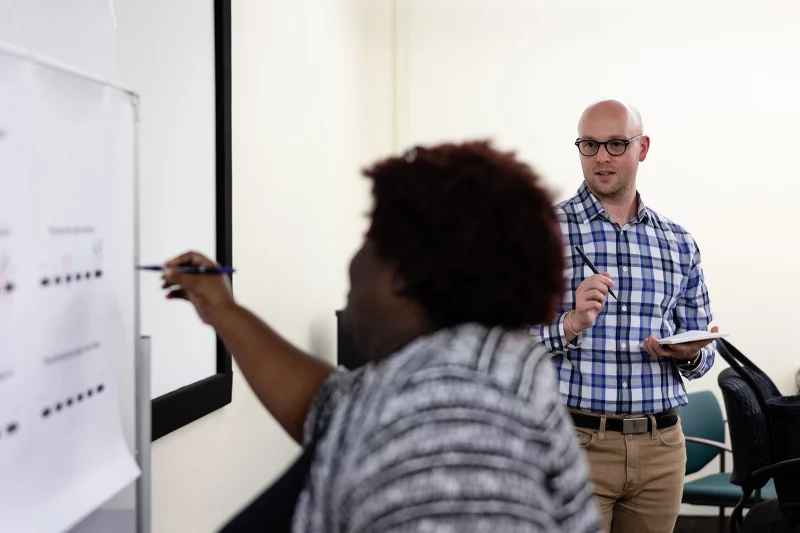
Specifically, many Habitat for Humanity-MidOhio families felt they are directly impacted by the lack of access to technology. Therefore, they saw a gap in their proficiency, as compared to their coworkers or others in their current profession, and had concerns that would make them less attractive for new or different employers to hire them.
A recent study showed that about 16 percent of U.S. adults are not digitally literate. From this topic, we knew we needed to focus our future efforts toward making strides to end the gap of digital illiteracy and inequitable access to technology.
3. Excitement for New Ventures
During the visioning session, a point of inspiration was the excitement around entrepreneurship. In fact, most of the families who attended the session revealed a passion for a business or service they hope to pursue or create all on their own.
The gap for this future for the families was in the access to the services needed to know where to start, how to make sure they set up their taxes correctly, or even the location in which the business could be run. An interesting secondary topic within this topic circled around passive income, and how they hoped their businesses in the future would allow them to generate income while leaving them time to work on either a secondary or primary passion.
This was an interesting topic to think about what it meant for the future as it resonated with other signals of change we are seeing in the workplace in general around toxic culture, the need for reskilling, and the Great Resignation.

From these insightful and honest sharings, we engaged with Habitat for Humanity-MidOhio on what the future of affordable housing, financial sustainability, and what the future family needs will mean ten years from now. We worked with Habitat’s team to gather further information and data, searching for today’s innovations that had potential to build solutions for their and their families’ needs in the future.
From these sessions, we built and shared forecasts, which were delivered to Habitat for Humanity-MidOhio. Our forecasts touched on each of the needs and drivers in varying ways. For example, part of one of our forecasts linked the idea of a new type of co-living housing to social and entrepreneurial support. We saw ways in the future that this new housing typology could build trust in and equitable access to services.
With these futures, Habitat for Humanity-MidOhio is using the ideas to think about what could be possible for their future.
Overall, with foresight visioning sessions, like this one with Habitat for Humanity-MidOhio, we hope to help make a more responsible future for families and communities. To design the right solutions, we truly believe that our innovations come from diversity and future-led insights from those you are working with and working to serve.

